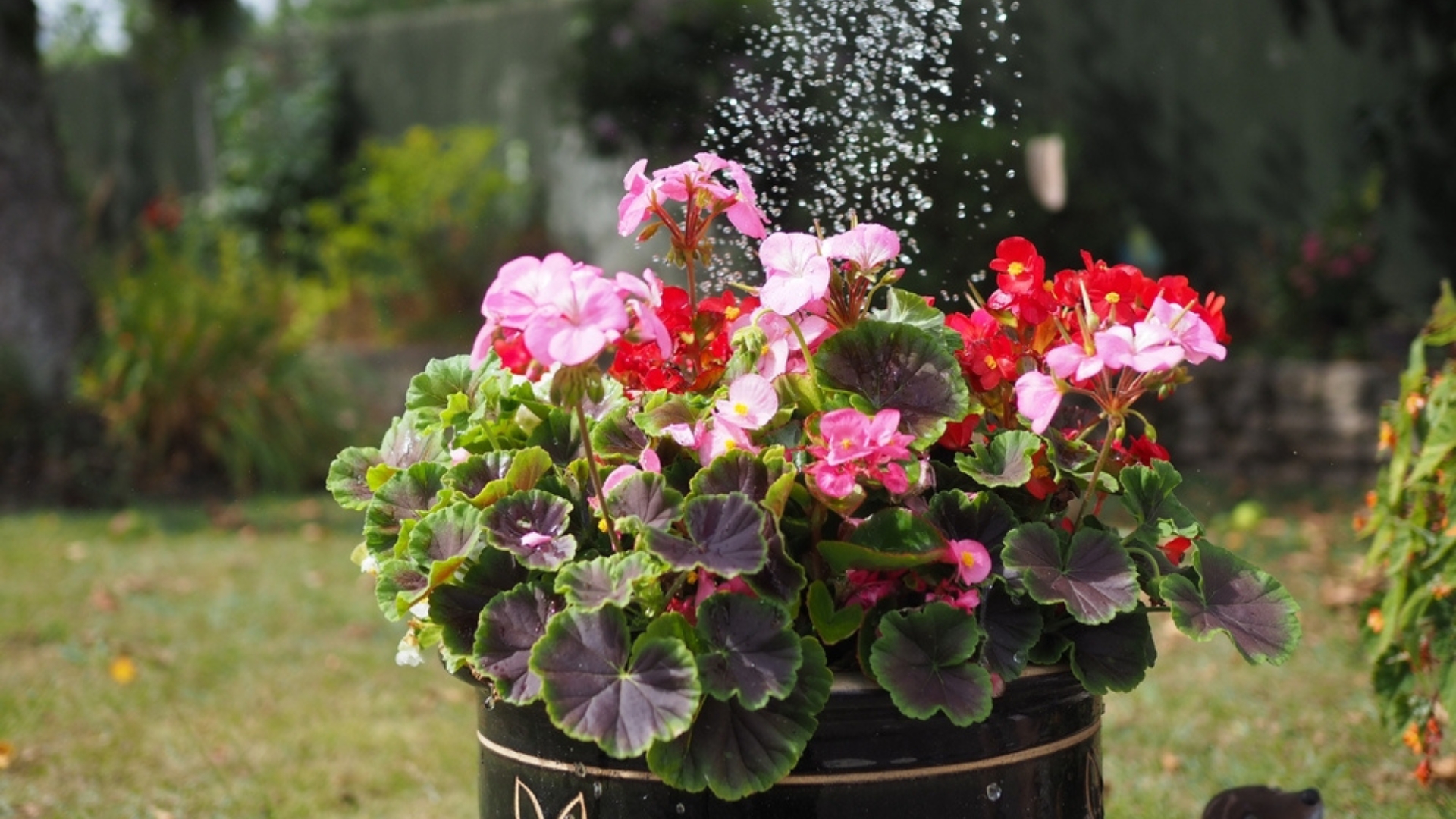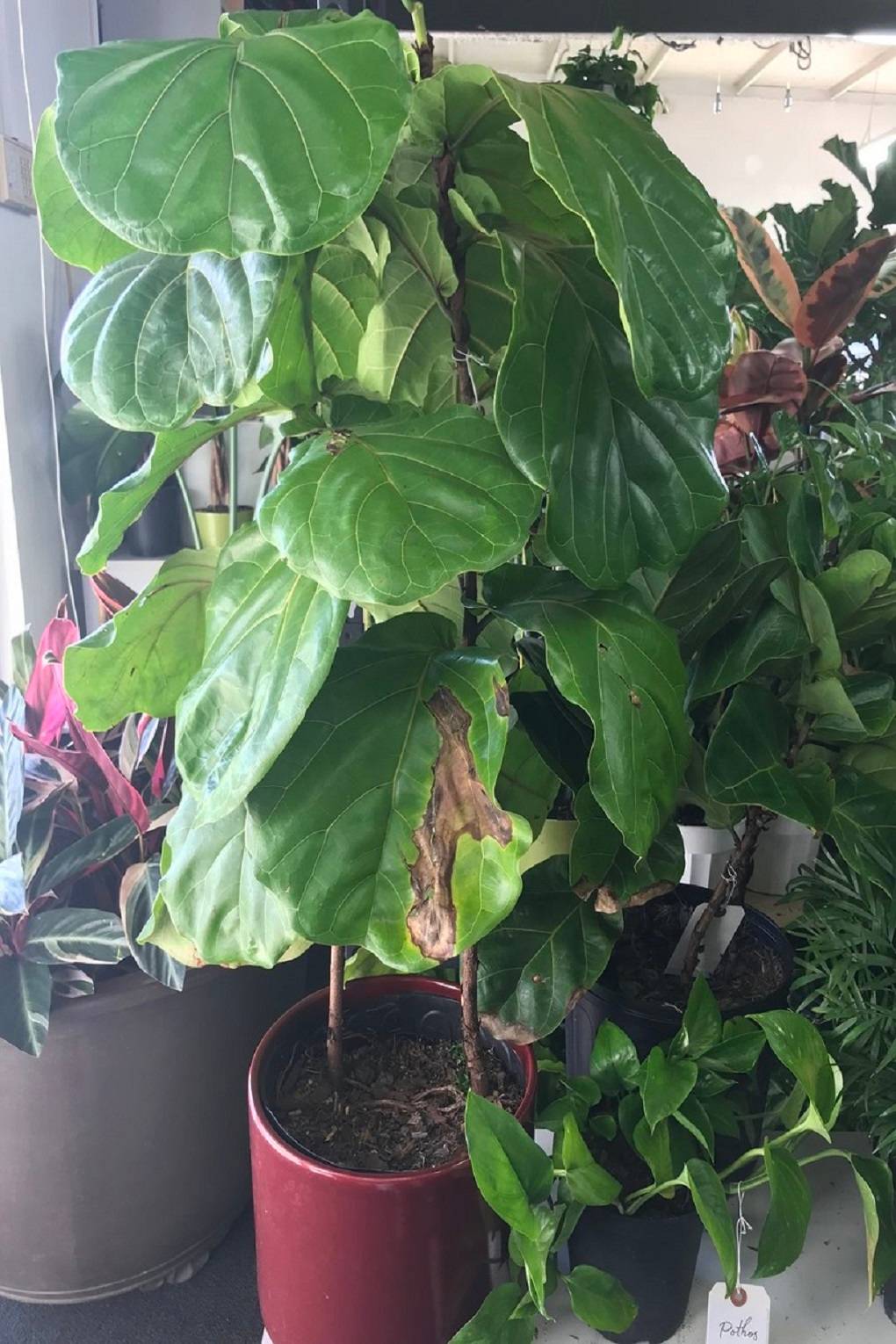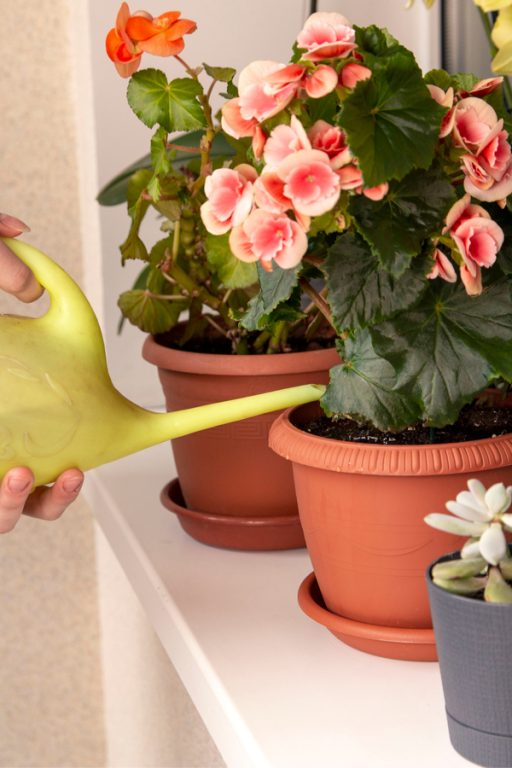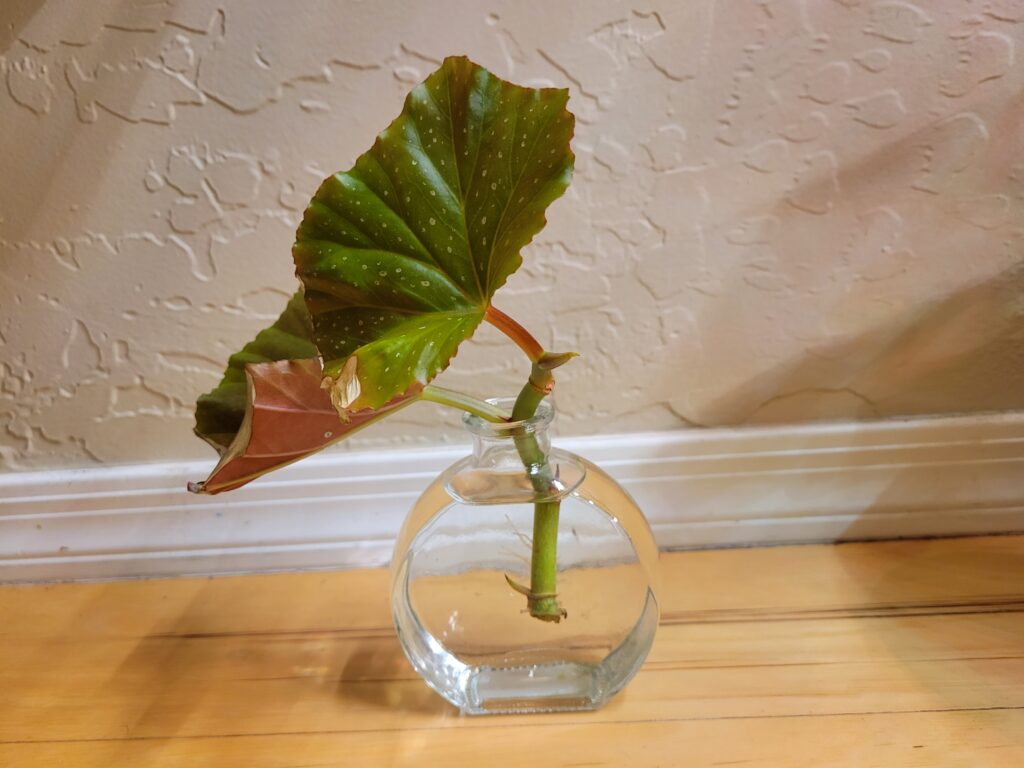Understanding Begonia Watering Needs
Proper watering is essential for the health and well-being of begonias. These plants require a delicate balance of moisture to thrive, and neglecting their watering needs can lead to a range of problems. Overwatering, for instance, can cause root rot, yellowing leaves, and a weakened immune system, making the plant more susceptible to pests and diseases. On the other hand, underwatering can result in stunted growth, droopy stems, and a lackluster appearance.
To determine how much water does a begonia need, it’s crucial to understand the factors that influence its watering requirements. Begonias prefer well-draining soil and a humid environment, typically between 40-60% relative humidity. However, the specific watering needs of a begonia can vary depending on the plant’s age, size, pot size, soil type, temperature, and light exposure.
For example, young begonias require more frequent watering than mature plants, as they need consistent moisture to support their rapid growth. Similarly, begonias grown in small pots may need more frequent watering than those in larger pots, as the soil can dry out quickly. By understanding these factors, you can tailor your watering schedule to meet the unique needs of your begonia.
It’s also important to note that begonias have different watering needs during different seasons. During the spring and summer months, when the plant is actively growing, it may require more frequent watering. In contrast, during the fall and winter months, when the plant is dormant, it may require less water.
By providing your begonia with the right amount of water, you can promote healthy growth, prevent common problems, and enjoy the beauty of this stunning plant. In the next section, we’ll explore how to check your begonia’s water levels and determine when it’s time to water.
How to Check Your Begonia’s Water Levels
Checking the moisture levels of your begonia’s soil is crucial to determine how much water does a begonia need. There are several methods to check the soil moisture, and we’ll explore three effective techniques: the finger test, moisture meter, and observing the plant’s signs of water stress.
The finger test is a simple and effective way to check the soil moisture. Insert your finger into the soil up to the first knuckle, and if the soil feels dry, it’s time to water. If the soil feels moist, wait another day or two before checking again. This method is especially useful for begonias, as they prefer well-draining soil and can be susceptible to root rot if the soil is too wet.
A moisture meter is another reliable method to check the soil moisture. These meters measure the moisture levels in the soil and provide a reading on a scale. Most meters have a range of 1-10, with 1 being dry and 10 being wet. For begonias, aim for a reading of 5-7, indicating optimal moisture levels.
Observing your begonia’s signs of water stress is also an effective way to determine when it needs water. If the leaves start to droop or turn yellow, it may be a sign that the plant is underwatered. On the other hand, if the leaves become soft and mushy, it may be a sign of overwatering. By paying attention to these signs, you can adjust your watering schedule accordingly.
It’s essential to note that begonias have different watering needs during different seasons. During the spring and summer months, when the plant is actively growing, it may require more frequent watering. In contrast, during the fall and winter months, when the plant is dormant, it may require less water. By understanding these seasonal changes, you can adjust your watering schedule to meet the unique needs of your begonia.
By using these methods, you can determine how much water does a begonia need and adjust your watering schedule accordingly. In the next section, we’ll explore the factors that influence the watering needs of begonias, including pot size, soil type, temperature, humidity, and light exposure.
The Right Amount of Water for Your Begonia
When it comes to determining how much water does a begonia need, several factors come into play. The right amount of water for your begonia depends on the pot size, soil type, temperature, humidity, and light exposure. By understanding these factors, you can adjust your watering schedule to meet the unique needs of your begonia.
Pot size is an essential factor to consider when watering your begonia. Smaller pots dry out faster than larger pots, so begonias in smaller pots may require more frequent watering. On the other hand, begonias in larger pots may require less frequent watering, as the soil takes longer to dry out.
Soil type is another critical factor to consider. Begonias prefer well-draining soil, which means the soil should be able to drain excess water quickly. If the soil is too dense or heavy, it may retain too much water, leading to root rot and other problems.
Temperature also plays a significant role in determining the right amount of water for your begonia. Begonias prefer temperatures between 65-75°F (18-24°C), and watering needs may vary depending on the temperature. In warmer temperatures, begonias may require more frequent watering, while in cooler temperatures, they may require less.
Humidity is another factor to consider when watering your begonia. Begonias prefer a humid environment, typically between 40-60% relative humidity. If the air is too dry, the plant may require more frequent watering to compensate for the lack of moisture.
Light exposure is also an essential factor to consider. Begonias prefer bright, indirect light, and watering needs may vary depending on the light exposure. In brighter light, begonias may require more frequent watering, while in lower light, they may require less.
By considering these factors, you can determine the right amount of water for your begonia and adjust your watering schedule accordingly. In the next section, we’ll explore a general guideline for watering frequency, taking into account the plant’s age, size, and environment.
Watering Frequency: A General Guideline
When it comes to determining how much water does a begonia need, watering frequency is a crucial factor to consider. While there is no one-size-fits-all answer, a general guideline can help you get started. The frequency of watering depends on the plant’s age, size, and environment.
For young begonias, watering every 2-3 days is a good starting point. As the plant grows and matures, you can gradually increase the time between waterings. For example, a mature begonia may only need watering every 4-5 days.
The size of the pot also plays a significant role in determining watering frequency. Smaller pots dry out faster than larger pots, so begonias in smaller pots may require more frequent watering. On the other hand, begonias in larger pots may require less frequent watering.
The environment in which your begonia is growing also affects watering frequency. If your begonia is growing in a hot, dry climate, it may require more frequent watering. In contrast, if your begonia is growing in a cool, humid climate, it may require less frequent watering.
It’s essential to remember that these are general guidelines, and the specific watering needs of your begonia may vary. The key is to be flexible and adjust your watering schedule as needed. By monitoring your plant’s response to watering and adjusting your schedule accordingly, you can ensure that your begonia is receiving the right amount of water.
For example, if you notice that your begonia is droopy or wilted, it may be a sign that it needs more water. On the other hand, if you notice that the leaves are yellowing or dropping, it may be a sign that the plant is receiving too much water.
By paying attention to these signs and adjusting your watering schedule accordingly, you can ensure that your begonia is receiving the right amount of water. In the next section, we’ll explore the common signs of overwatering and underwatering in begonias, and how to address these issues.
Signs of Overwatering and Underwatering
When it comes to watering your begonia, it’s essential to recognize the signs of overwatering and underwatering. These signs can help you determine if you’re providing your plant with the right amount of water. By recognizing these signs, you can adjust your watering schedule to ensure your begonia is receiving the perfect amount of hydration.
Overwatering is a common mistake that can lead to root rot, yellowing leaves, and a weakened immune system. If you notice any of the following signs, it may be a sign that your begonia is receiving too much water:
- Yellowing leaves: If the leaves of your begonia are turning yellow, it may be a sign that the plant is receiving too much water.
- Droopy stems: If the stems of your begonia are droopy or weak, it may be a sign that the plant is receiving too much water.
- Root rot: If you notice that the roots of your begonia are rotting, it’s a clear sign that the plant is receiving too much water.
Underwatering, on the other hand, can cause stunted growth, dry leaves, and a weakened immune system. If you notice any of the following signs, it may be a sign that your begonia is not receiving enough water:
- Dry leaves: If the leaves of your begonia are dry and brittle, it may be a sign that the plant is not receiving enough water.
- Stunted growth: If your begonia is not growing as quickly as expected, it may be a sign that the plant is not receiving enough water.
- Wilting: If your begonia is wilting or droopy, it may be a sign that the plant is not receiving enough water.
By recognizing these signs, you can adjust your watering schedule to ensure your begonia is receiving the perfect amount of hydration. In the next section, we’ll explore the best watering techniques for begonias, including bottom watering, top watering, and using a watering can or cup.
Watering Techniques for Optimal Hydration
When it comes to watering your begonia, the technique you use can make a big difference in the plant’s overall health and hydration. In this section, we’ll explore the best watering techniques for begonias, including bottom watering, top watering, and using a watering can or cup.
Bottom watering is a popular technique for watering begonias. This method involves placing the pot in a saucer or tray filled with water, allowing the plant to absorb the water through the drainage holes in the pot. This technique is especially useful for begonias, as it helps to prevent overwatering and ensures that the plant is receiving the right amount of water.
Top watering is another common technique for watering begonias. This method involves pouring water directly onto the soil, making sure not to get any water on the leaves. This technique is quick and easy, but it can be tricky to get the right amount of water. If you’re using this method, make sure to check the soil moisture regularly to avoid overwatering.
Using a watering can or cup is a great way to water your begonia, especially if you’re using the top watering method. This allows you to control the amount of water you’re giving the plant, and it’s also a great way to avoid getting water on the leaves.
Regardless of the technique you choose, it’s essential to avoid getting water on the leaves of your begonia. This can cause fungal diseases and other problems, so it’s best to stick to watering the soil only.
By using these watering techniques, you can ensure that your begonia is receiving the right amount of water and staying healthy and hydrated. In the next section, we’ll explore the relationship between humidity and begonia watering, including how to maintain optimal humidity levels and adjust watering schedules accordingly.
Humidity and Begonia Watering: What You Need to Know
Humidity plays a crucial role in determining how much water does a begonia need. Begonias prefer a humid environment, typically between 40-60% relative humidity. However, the ideal humidity level may vary depending on the specific begonia variety and the environment in which it is growing.
When the air is too dry, begonias may require more frequent watering to compensate for the lack of moisture. On the other hand, when the air is too humid, begonias may require less frequent watering to prevent overwatering.
To maintain optimal humidity levels, you can use a humidifier or group plants together to create a microclimate. You can also place the pot on a tray filled with water and pebbles to increase the humidity around the plant.
It’s essential to note that begonias are sensitive to extreme humidity levels. If the humidity is too high or too low, it can cause stress to the plant, leading to problems such as leaf drop, root rot, and pest infestations.
By maintaining optimal humidity levels and adjusting your watering schedule accordingly, you can ensure that your begonia is receiving the right amount of water. In the next section, we’ll summarize common mistakes to avoid when watering begonias, including overwatering, underwatering, and neglecting to adjust watering schedules.
Common Mistakes to Avoid When Watering Your Begonia
When it comes to watering your begonia, there are several common mistakes to avoid. By being aware of these mistakes, you can ensure that your begonia is receiving the right amount of water and staying healthy and hydrated.
One of the most common mistakes is overwatering. Begonias are prone to root rot and other problems when the soil is too wet. To avoid overwatering, make sure to check the soil moisture regularly and adjust your watering schedule accordingly.
Underwatering is another common mistake. Begonias need consistent moisture to thrive, and underwatering can cause stress to the plant. To avoid underwatering, make sure to water your begonia regularly, taking into account the plant’s age, size, and environment.
Neglecting to adjust watering schedules is also a common mistake. Begonias have different watering needs depending on the season, temperature, and humidity. To avoid neglecting to adjust your watering schedule, make sure to monitor your plant’s response to watering and adjust your schedule accordingly.
By avoiding these common mistakes, you can ensure that your begonia is receiving the right amount of water and staying healthy and hydrated. Remember to monitor your plant’s response to watering and adjust your schedule accordingly. With the right watering habits, you can enjoy a thriving and beautiful begonia.








